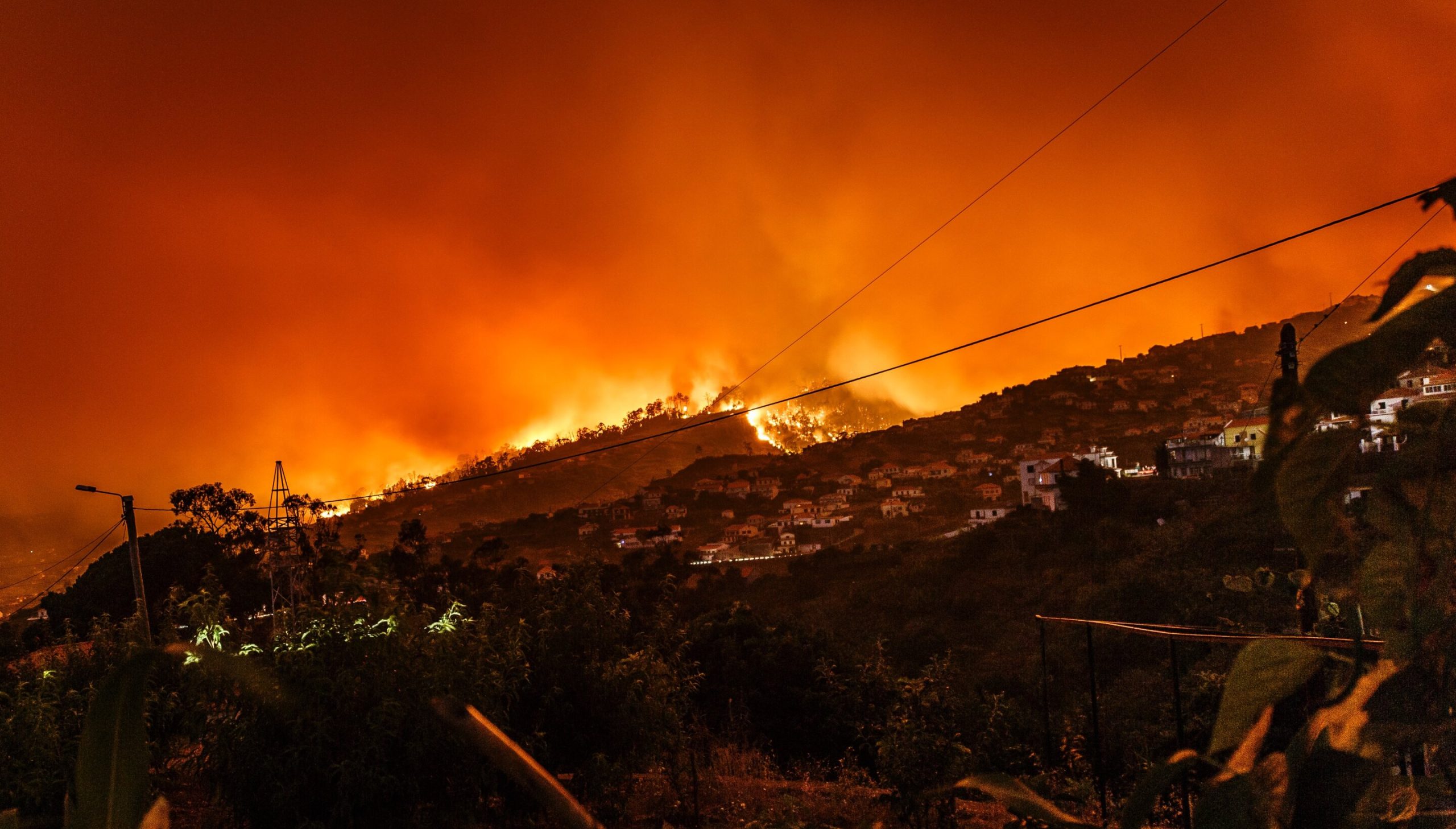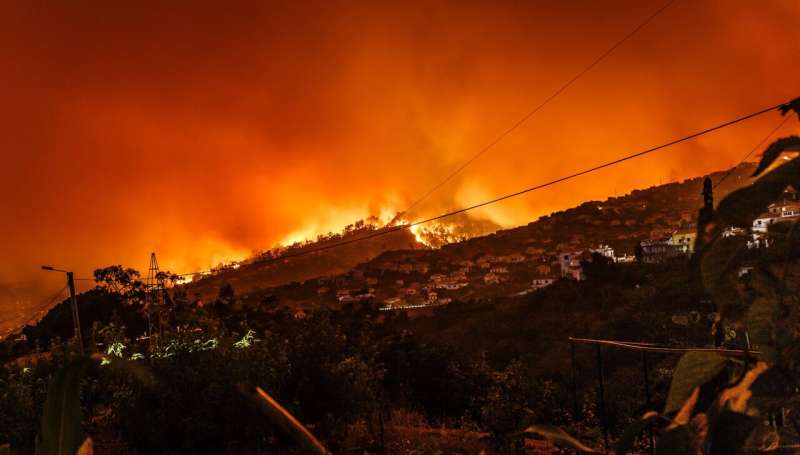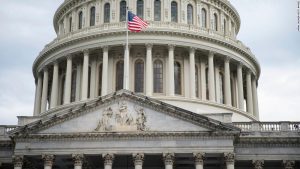

The top ten per cent most valuable homes in the western United States are 70% more likely to be in high wildfire hazard areas than median-value properties, measured by county, according to a new study published today in Environmental Research Letters.
Researchers at Resources for the Future, an independent research institution in Washington, DC, used granular spatial data to study residential properties in the western United States and their relative risk for wildfire exposure. The team studied properties’ location, value, community characteristics, and proximity to previous wildfires.
The study shows that hazard and impact from recent wildfires are disproportionately borne by high-income, white, and elderly communities, and by owners of high-value properties. However, the research also reveals disproportionate exposure to wildfire hazard among the lowest-value homes in the western United States, and among Native American communities.
Exposure to wildfire hazard often goes hand-in-hand with access to benefits like beautiful views, recreational opportunities, and proximity to nature. As a result, exposure to wildfires differs from other anthropogenic hazards such as pollution or waste facilities, which overwhelmingly affect vulnerable communities.
In recent years, the western United States has seen a dramatic increase in wildfires because of climate change and past forest and fire management practices. Policymakers are weighing options for how to distribute the costs of wildfire suppression and mitigation across households in both low- and high-hazard areas.
“In spite of increased attention to the distribution of environmental and climate-related risks across socioeconomic groups, and its relevance to current wildfire-related policy debates, the distribution of wildfire hazard was previously not well understood,” comments Matthew Wibbenmeyer, lead author of the paper.
“Wildfire mitigation policies that deliver financial assistance to high-hazard areas could be subsidizing wealthy households. However, high wildfire hazard areas are quite heterogeneous, so addressing concerns associated with costs of increasing wildfire hazard may call for a geographically targeted approach focused on reducing the burden for the most vulnerable communities,” adds co-author Molly Robertson.
Bushfires may be a bigger global socioeconomic risk in the coming decades
Matthew Wibbenmeyer et al, The distributional incidence of wildfire hazard in the western United States, Environmental Research Letters (2022). DOI: 10.1088/1748-9326/ac60d7
Institute of Physics
Citation:
Wealthiest homeowners most at risk of wildfire hazard (2022, May 26)
retrieved 26 May 2022
from https://phys.org/news/2022-05-wealthiest-homeowners-wildfire-hazard.html
This document is subject to copyright. Apart from any fair dealing for the purpose of private study or research, no
part may be reproduced without the written permission. The content is provided for information purposes only.

